Sacroiliac Joint Injections
Sacroiliac joint injections are both a diagnostic and therapeutic treatment for pain originating from the SI joint, which connects your lower spine to your pelvis. This joint plays a key role in stabilizing your body during movement, but when it becomes inflamed or dysfunctional, it can cause pain that spreads to your lower back, hips, buttocks, or legs.
These injections deliver a targeted mix of local anesthetic and corticosteroid medication directly into the SI joint. The anesthetic provides temporary pain relief, helping to confirm whether the joint is the source of your discomfort. Meanwhile, the corticosteroid reduces inflammation, offering long-term relief and improved mobility. Sacroiliac joint injections are a safe and minimally invasive treatment that targets inflammation at the source. By reducing swelling and irritation, these injections can provide lasting relief and help you get back to living comfortably.
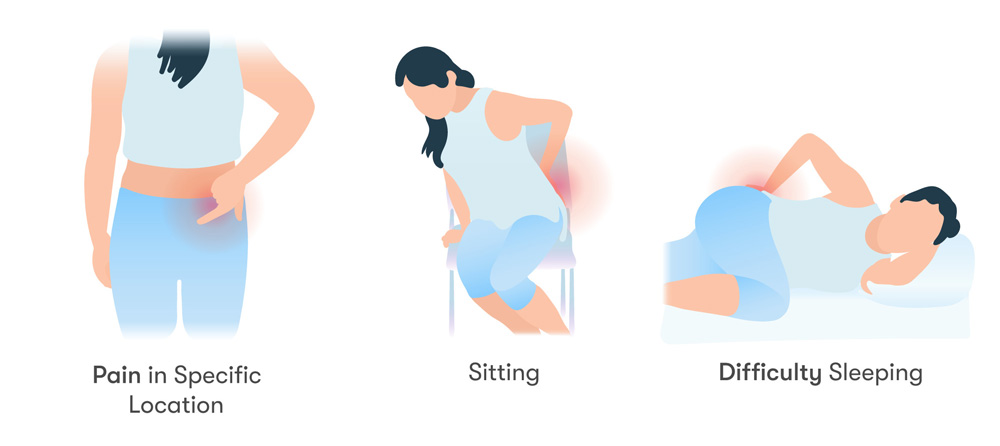
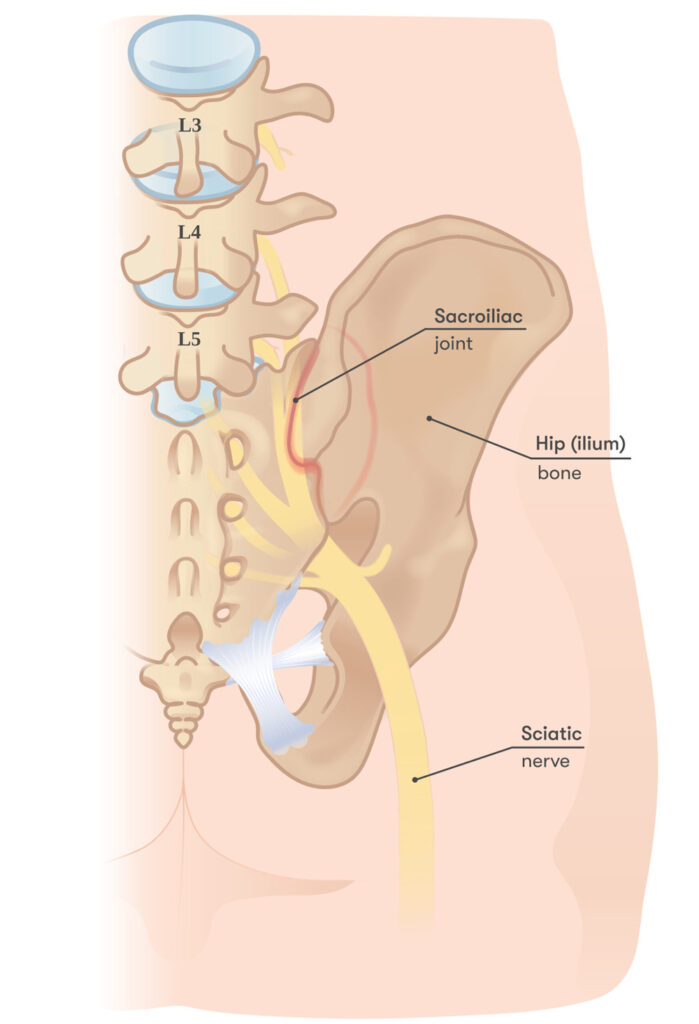
Which Conditions Can Be Treated with Sacroiliac Joint Injections?
Sacroiliac joint injections can help manage pain and discomfort caused by various conditions affecting the SI joint. These include:
- Sacroiliac Joint Dysfunction – When the SI joint moves too much or too little, it can lead to pain in the lower back, hips, or buttocks.
- Sacroiliitis – Inflammation of the SI joint due to arthritis, injury, infection, or autoimmune conditions.
- Degenerative Joint Disease (Osteoarthritis) – Wear and tear on the SI joint over time can lead to chronic pain and stiffness.
- Pregnancy-Related SI Joint Pain – Hormonal changes and added stress on the pelvis during pregnancy can cause SI joint instability and discomfort.
- Trauma or Injury – A fall, accident, or repetitive strain can irritate or damage the SI joint, leading to ongoing pain.
If you’re experiencing persistent lower back, hip, or buttock pain, sacroiliac joint injections may provide relief by reducing inflammation and improving mobility.
How Are Sacroiliac Joint Injections Performed?
Sacroiliac joint injections are typically performed under local anesthesia with the guidance of fluoroscopy (X-ray) to ensure accuracy. Here’s what you can expect during the procedure:
What to Expect During the Procedure
Preparation: Before the Procedure
1

Medical Evaluation
Your doctor will perform a comprehensive history and physical exam, which may include imaging tests such as X-rays or MRIs, to confirm the diagnosis and plan the procedure.
2

Medications
Inform your physician about any medications or supplements you are taking, as certain medications, like blood thinners, may need to be paused before the procedure.
3

Fasting
This is not necessary prior to joint injection.
4

Clothing & Transportation
Wear loose, comfortable clothing and arrange for someone to drive you home after the procedure.
5

Consent & Instructions
You will review and sign a consent form and receive detailed guidance on what to expect before, during, and after the procedure.
During the procedure
The procedure usually lasts about 5 minutes, depending on the number of joints being treated.
1

Sterile Preparation
The area for injection will be thoroughly cleaned with antiseptic solution to prevent injection.
2
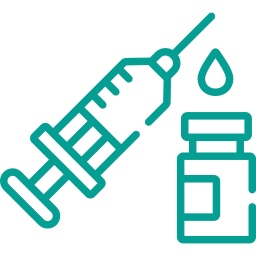
Anesthesia
Local anesthesia such as Lidocaine will be injected to numb the area (similar to the numbing you would receive at the dentist) to ensure comfort during the procedure.
3

Positioning
You get into position depending on the joint being injected
4

Guided Injection
Using fluoroscopic (real-time X-ray) guidance the doctor carefully positions a thin needle into the joint space.
5

Injection
A small amount of steroid and numbing medication will be injected.
6
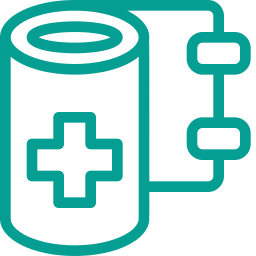
Bandage
After the injection is complete, the area is cleaned, and a bandage is applied to protect the site.
After the Procedure: Post-Care
1
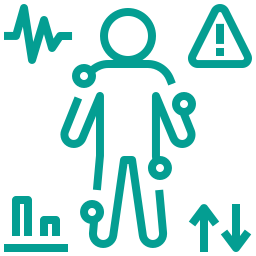
Monitoring
You will rest in a recovery area while your are monitored for about 15 minutes.
2

Pain Relief
Many patients experience immediate or significant pain relief, though many also do not feel the full benefits until 2 weeks. Mild discomfort at the injection site is normal and should subside within a few days.
3

Activity Restrictions
Avoid heavy lifting, bending, or strenuous activities for the first week. However, light walking and routine daily activities are encouraged to aid recovery.
4

Follow-Up
A follow-up appointment will be scheduled to review the results of the injection and discuss the next steps for long-term pain relief.
Benefits of Sacroiliac Joint Injections
Minimally Invasive
A quick procedure with minimal downtime, avoiding the need for major surgery.
Targeted Relief
Directly addresses SI joint pain rather than just masking symptoms.
Improved Mobility
Helps restore movement and reduces discomfort in daily activities.
Long-Lasting Relief
Corticosteroids work to reduce inflammation, offering sustained pain relief for months.
What Are the Risks or Side Effects of Sacroiliac Joint Injections?
Sacroiliac joint injections are generally safe, but like any medical procedure, they come with some risks and potential side effects. Mild soreness or bruising at the injection site is common and usually resolves within a few days. Some patients may experience temporary numbness or weakness in the treated area due to the local anesthetic, but this typically fades within a few hours. Rarely, allergic reactions to the anesthetic or steroid medication can occur, so it’s important to inform your doctor of any known allergies.
More serious complications, though uncommon, include infection, bleeding, or nerve damage at the injection site. In some cases, the corticosteroid may cause temporary side effects such as increased blood sugar levels, fluid retention, or mood changes, especially in patients with diabetes or underlying health conditions.
These risks will be thoroughly discussed during your consultation appointment.
F.A.Q
General Questions
If you’re struggling with lower back pain, hip discomfort, or sciatica-like symptoms that haven’t improved, your sacroiliac (SI) joint might be the real cause! This often-overlooked joint can lead to persistent pain and mobility issues, making everyday activities difficult.
The procedure typically takes about 15 minutes, followed by a short monitoring period before you can go home.
Many patients experience immediate relief from the local anesthetic, but this is temporary. The corticosteroid may take a few days to weeks to start reducing inflammation and providing longer-lasting pain relief.
Pain relief varies from person to person, but the effects can last anywhere from a few weeks to several months to a year. If needed, the injections can be repeated a few times a year.
You can resume light activities the same day, but it’s best to avoid strenuous exercise or heavy lifting for at least 24 hours. Your doctor will provide specific guidelines based on your condition.
Yes, if the injections provide effective pain relief, they can be safely repeated as part of a long-term pain management plan. However, your doctor may also discuss alternative treatments if the relief is short-lived.
Share this page:
Facebook
LinkedIn
Twitter
